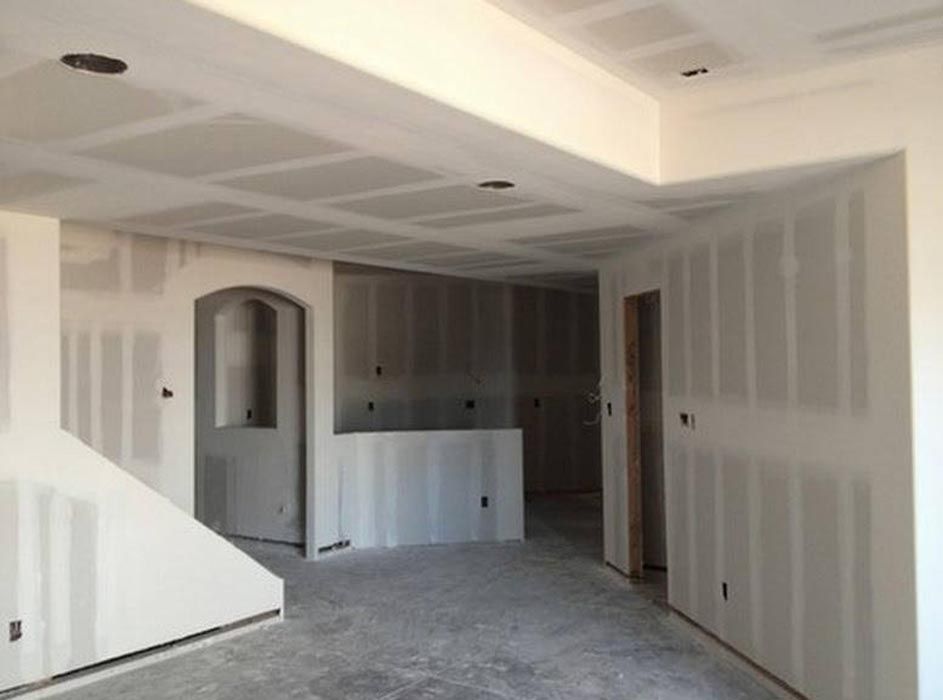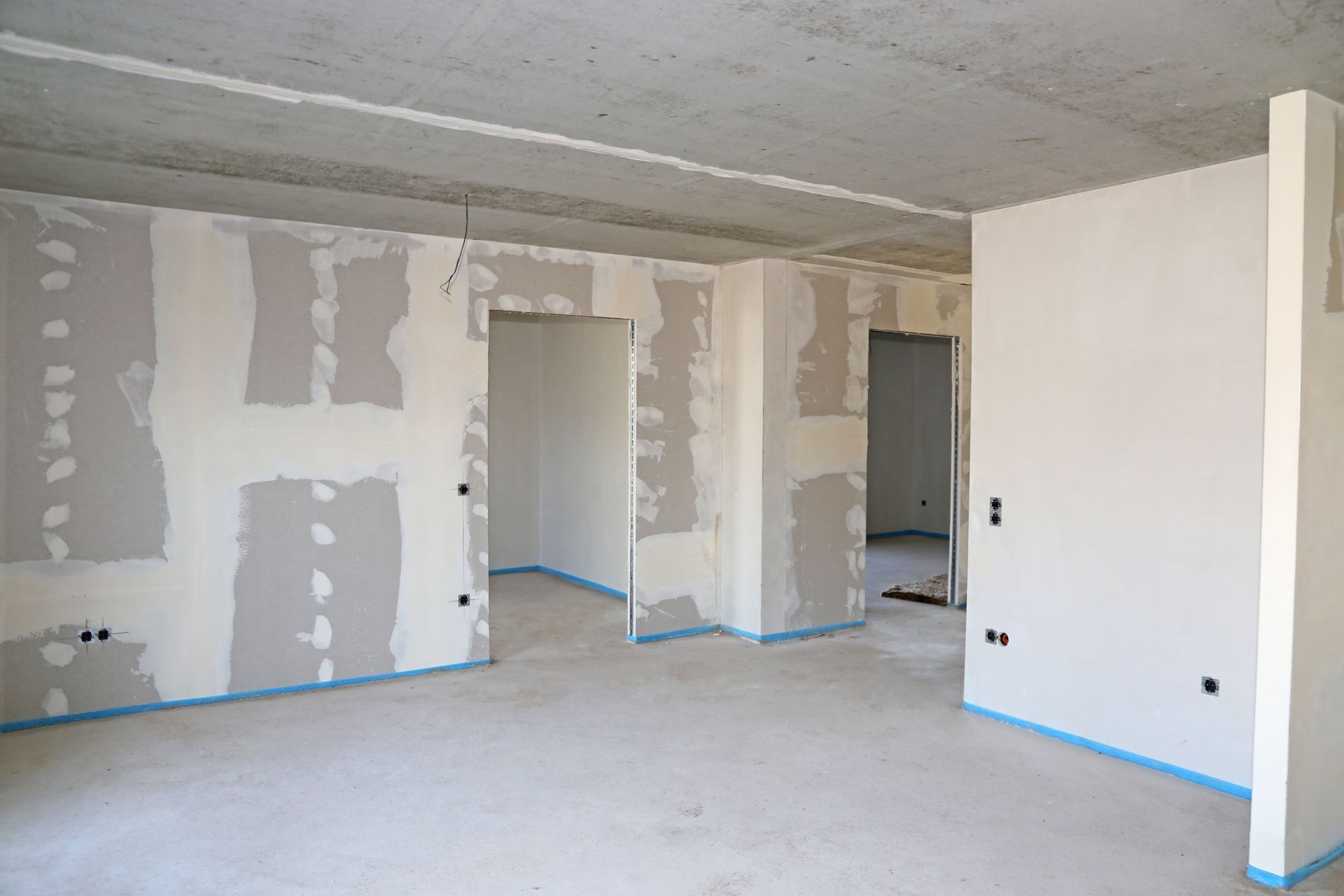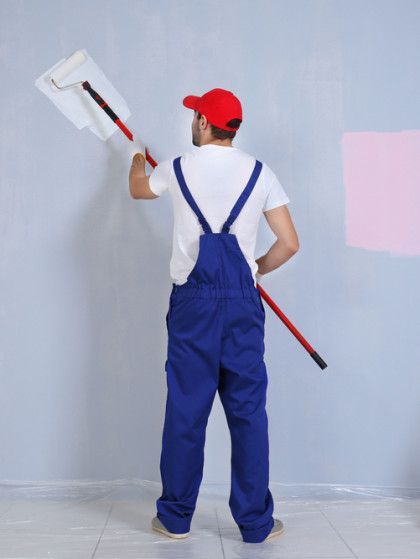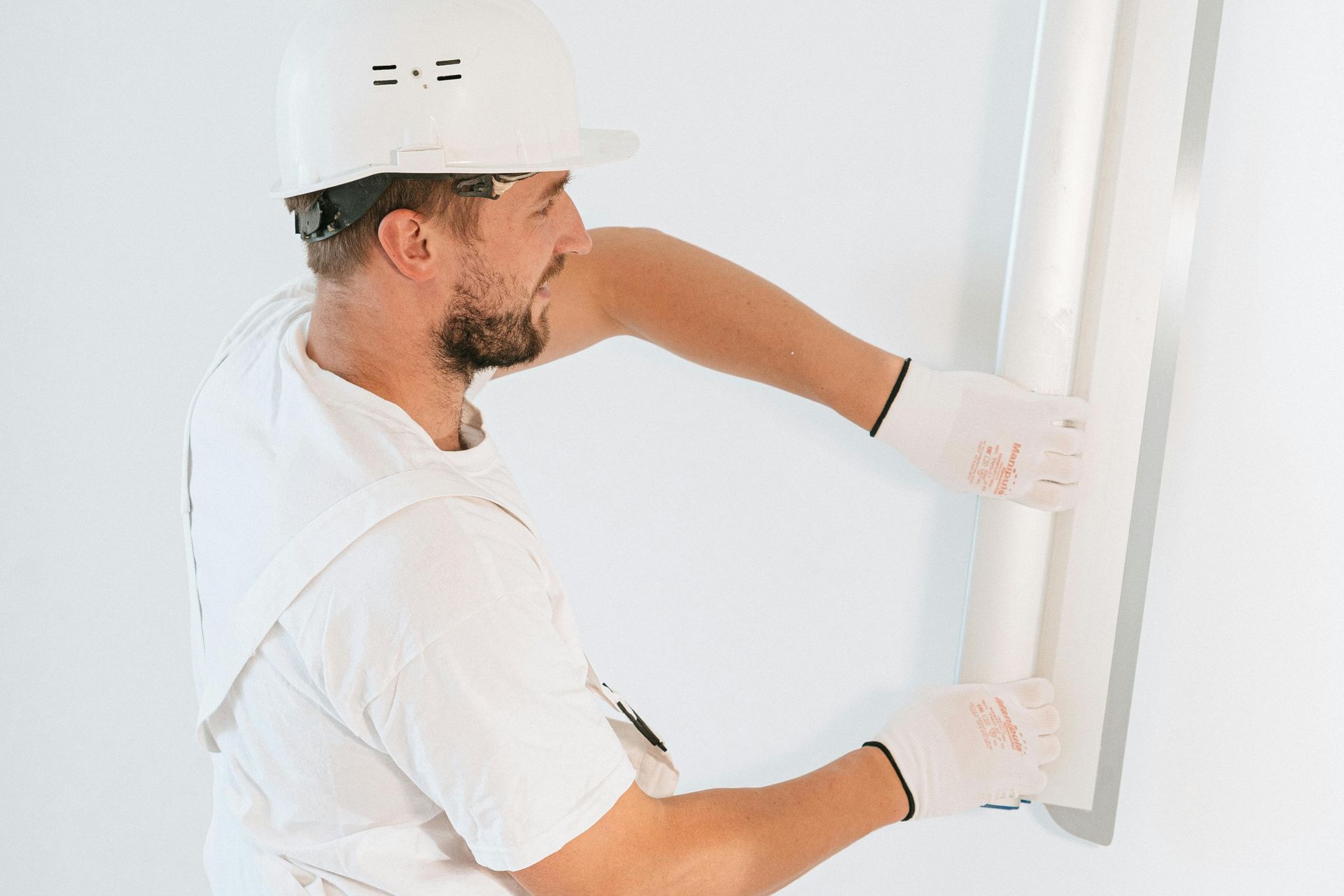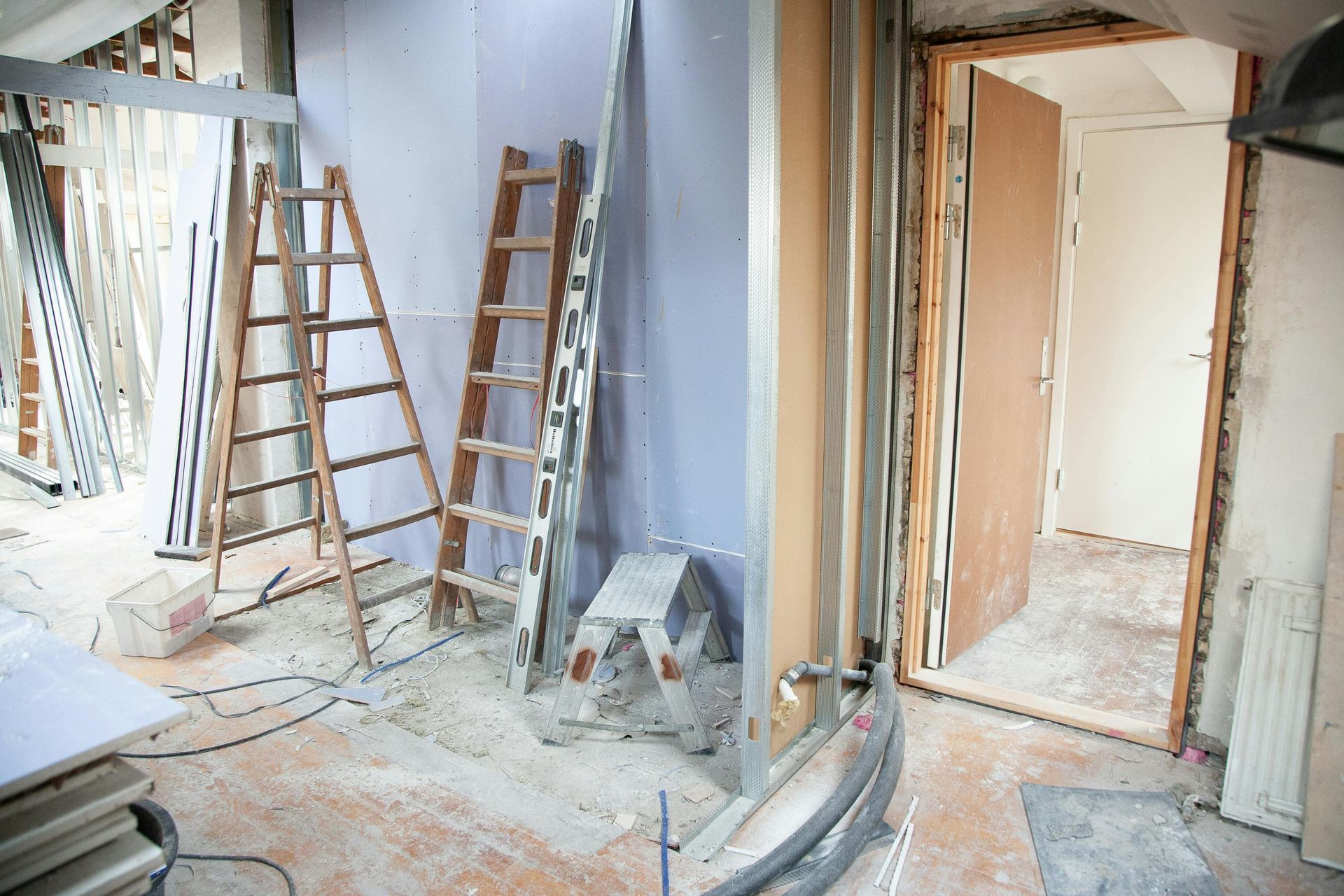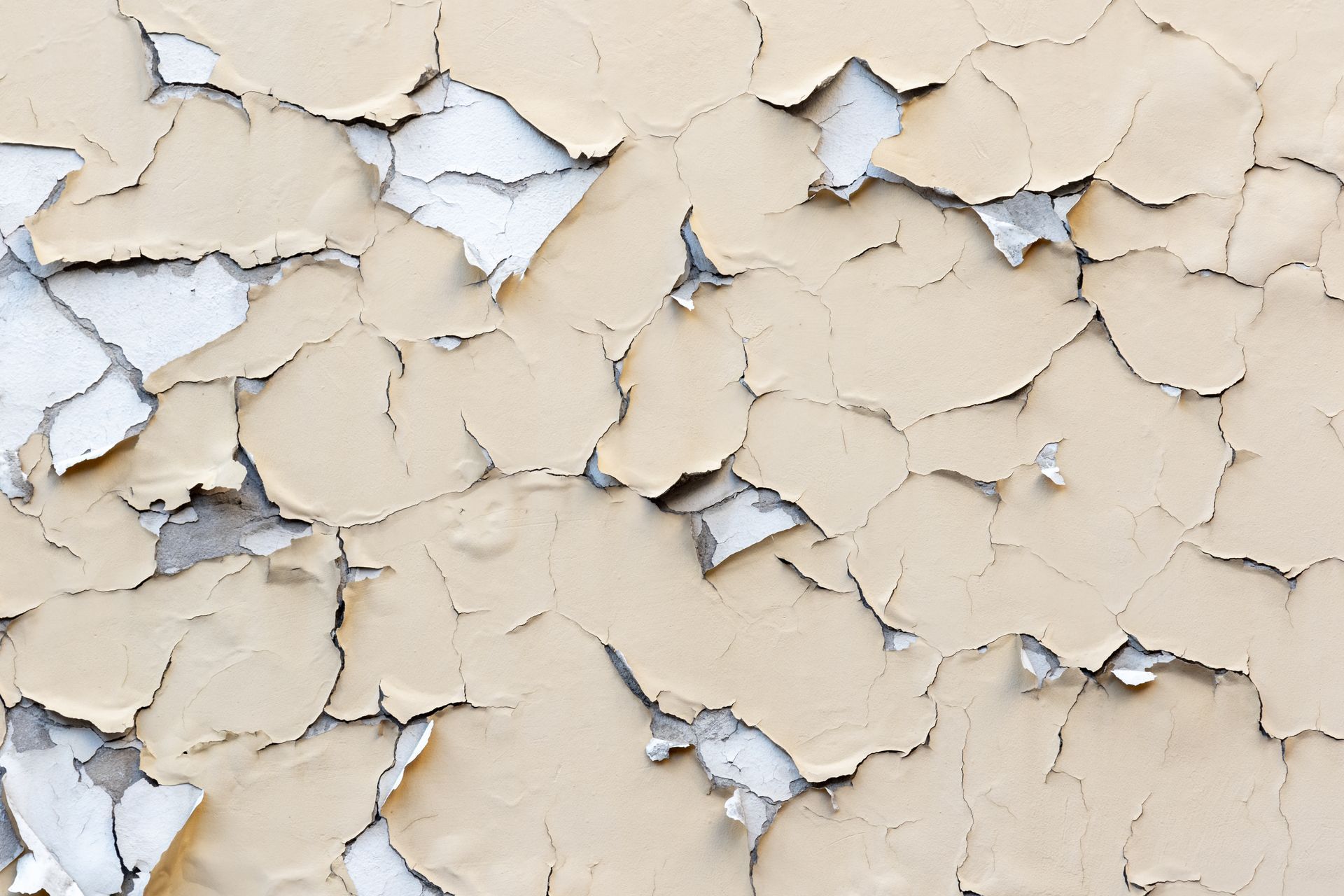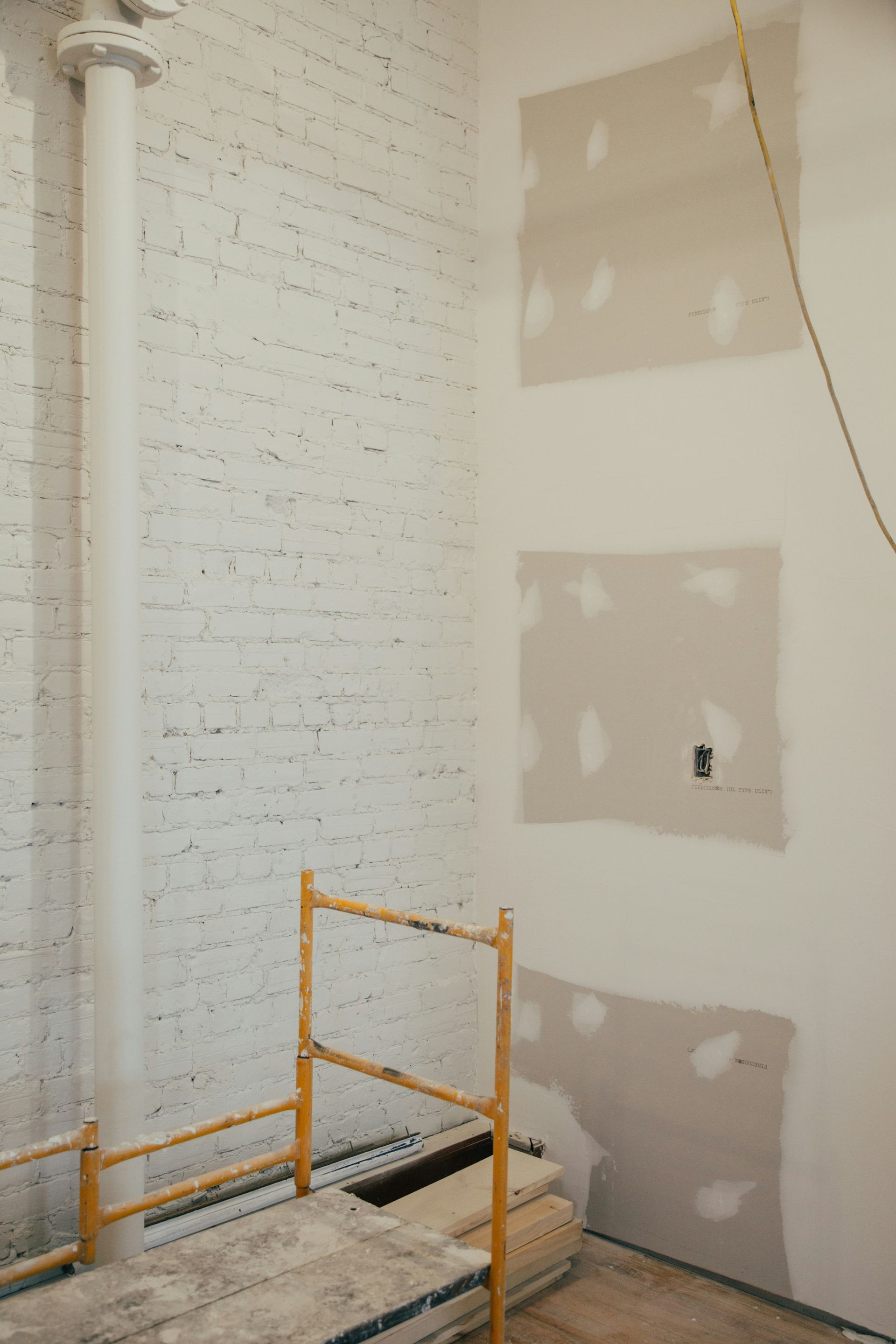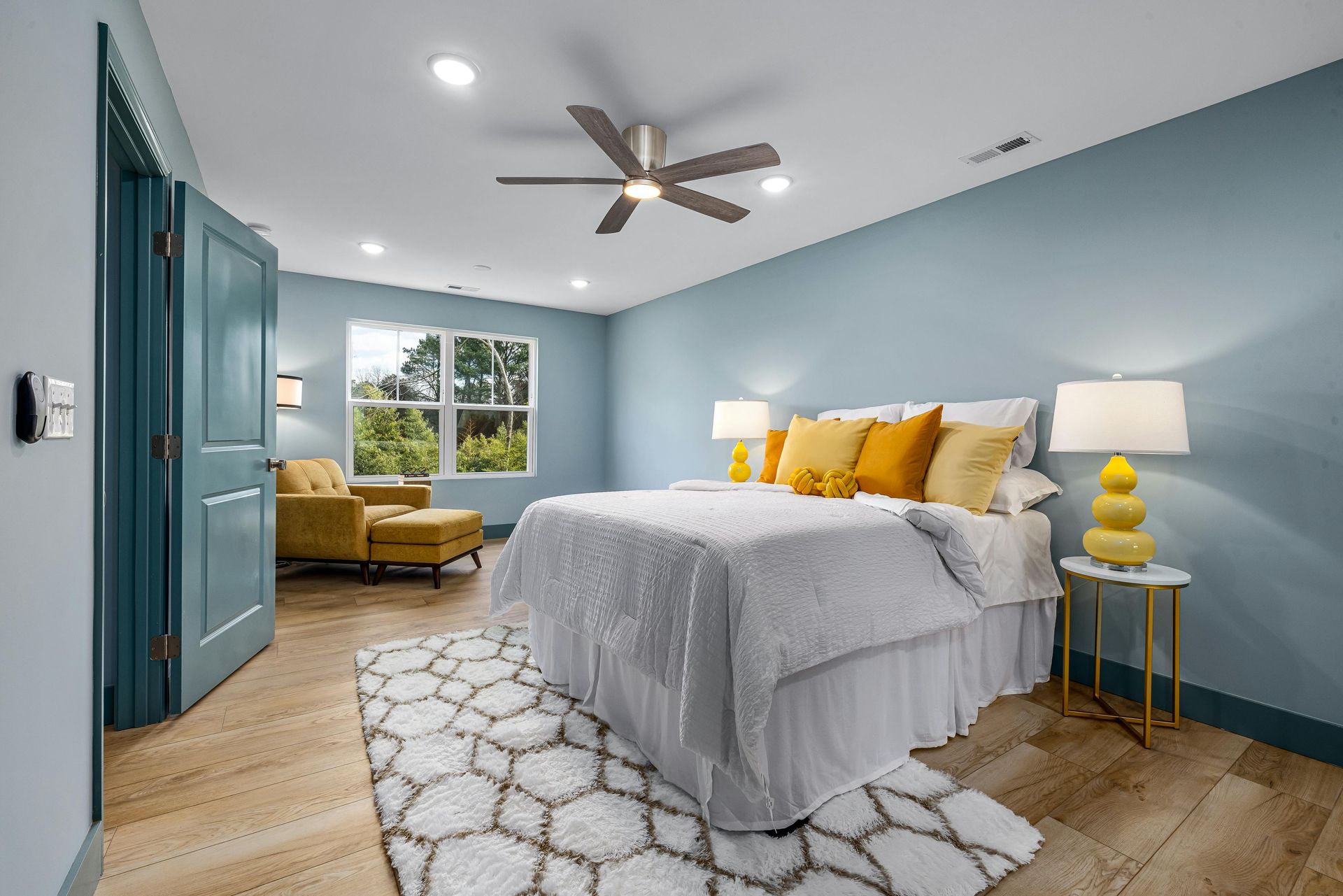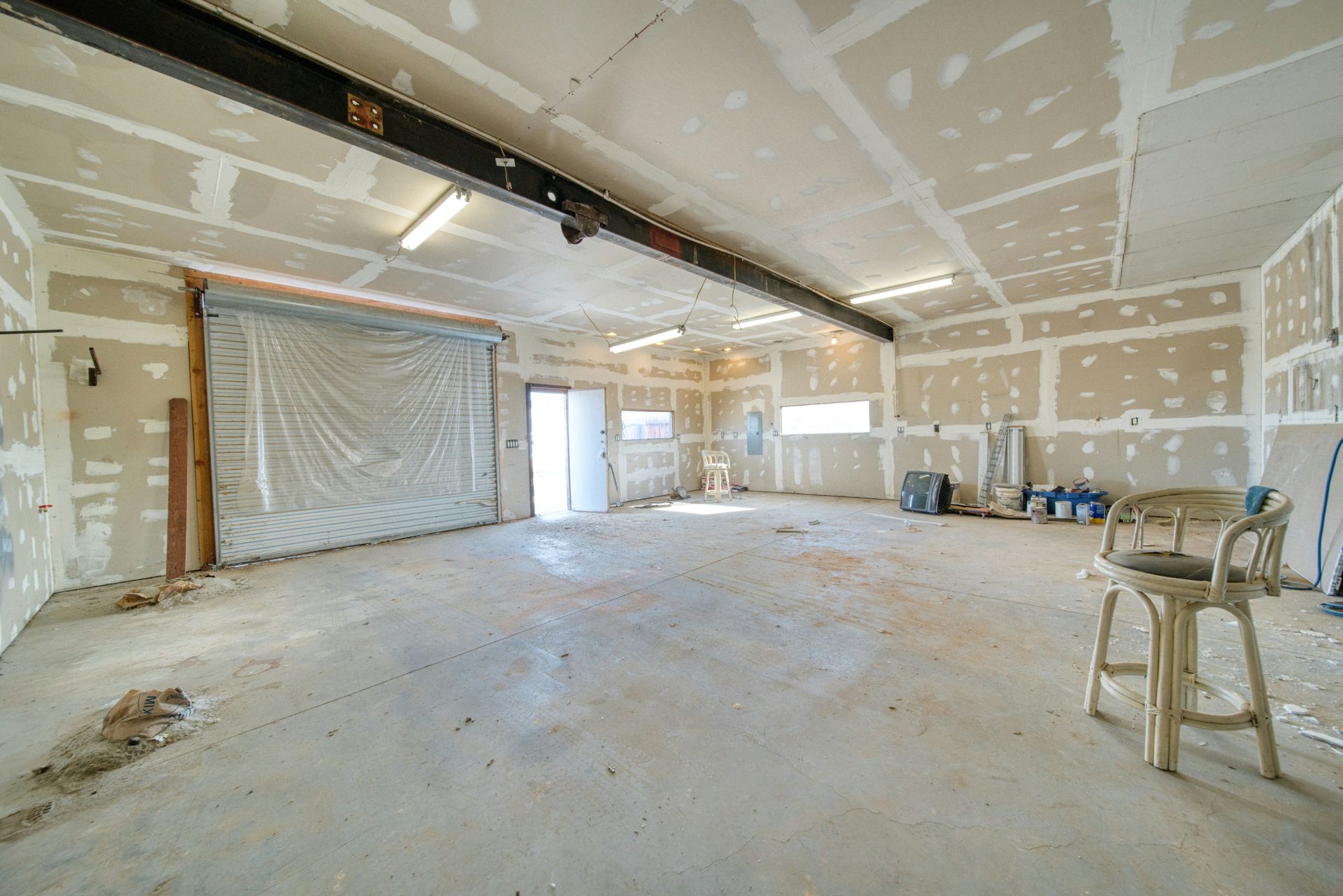WENDELL BARCO PLASTERING BLOG
Understanding Drywall Tape: Types and Uses for Seamless Finishes
When it comes to drywall installation, getting a perfectly smooth finish is the ultimate goal. But here’s the thing: drywall sheets alone won’t give you that flawless look. The real hero behind the scenes is drywall tape. Whether you are fixing cracks, patching holes, or finishing a brand-new drywall project, the right tape makes all the difference. Without it, you could end up with visible seams that scream “DIY gone wrong.”
In this post, we will dig into the different types of drywall tape, when to use each one, and how they can help you achieve a seamless finish. We will also share a few professional tips that will save you from headaches (and bumpy walls).
Why Drywall Tape Is Essential for Smooth Walls
Imagine baking a cake and forgetting the icing. Sure, the cake might still taste fine, but it is not going to look very appealing. Drywall tape works the same way for walls. It covers seams, hides imperfections, and creates a solid base for mudding and painting.
Here’s why drywall tape is essential:
- Hides Seams and Joints: Every drywall sheet leaves seams where they meet. Without tape, those seams will crack and show through paint over time.
- Strengthens the Surface: Drywall tape reinforces the seams so the wall does not crack with normal shifting or settling of the house.
- Provides a Clean Finish: A properly taped wall creates the illusion of one solid surface instead of separate boards.
Without drywall tape, even the most carefully installed drywall will end up looking unfinished.
Different Types of Drywall Tape and Their Uses
Not all drywall tape is created equal. Choosing the right one depends on the project, the surface, and sometimes your comfort level with applying mud. Here are the main types you should know:
Paper Drywall Tape
- Best For: Standard drywall seams
- Strengths: Durable, long-lasting, strong bond when applied with joint compound
- Weaknesses: Can be tricky to apply, especially for beginners. Bubbles can form if not installed correctly.
Paper drywall tape has been around forever and is still the go-to choice for many professionals. It is especially great for flat seams and inside corners.
Drywall Mesh Tape
- Best For: Small repairs, cracks, patching holes
- Strengths: Self-adhesive, easy to apply, perfect for quick fixes
- Weaknesses: Less durable than paper tape if used for long seams without extra mud layers
Drywall mesh tape is a lifesaver for homeowners who need to fix small areas quickly. Since it is self-sticking, you do not need to apply mud underneath before sticking it on.
Fiberglass Tape
- Best For: High-moisture areas like bathrooms
- Strengths: Mold-resistant, durable, resists cracking in humid environments
- Weaknesses: More expensive and harder to find in some places
Fiberglass drywall tape is a smart choice for rooms where moisture can cause traditional paper tape to fail.
Preformed Corner Tape
- Best For: Corners and edges
- Strengths: Gives a crisp, clean corner without cracking
- Weaknesses: Limited use, since it is only for corners
Corners are some of the toughest spots to finish, and preformed corner tape makes the job much easier.
Paper Drywall Tape vs. Drywall Mesh Tape: Which Should You Use?
This is the drywall showdown: paper tape vs. drywall mesh tape. Both get the job done, but they shine in different situations.
Paper Drywall Tape
- Ideal for professionals or those with some experience
- Great for large seams and new drywall installations
- Stronger over time when paired with joint compound
- Less expensive
Drywall Mesh Tape
- Perfect for quick patch jobs and DIY projects
- Easy for beginners to use since it is self-adhesive
- Best for small cracks and holes
- Slightly weaker in strength compared to paper tape
Think of it like choosing between duct tape and painter’s tape. They both stick, but the results and uses are very different. If you are redoing an entire wall, go with paper drywall tape. If you are patching a small hole from a doorknob accident, drywall mesh tape is the quick and easy winner.
Tips for Applying Drywall Tape Like a Pro
Even the best drywall tape won’t work if it is applied incorrectly. Luckily, a few pro tips can take your taping game from messy to masterful.
- Start with a Clean Surface: Dust and debris can prevent tape from sticking properly. Always wipe down before taping.
- Use the Right Amount of Mud: Too much mud and the tape will slide around. Too little and you will get bubbles. Aim for a thin, even layer.
- Embed the Tape Properly: Press the tape firmly into the mud and smooth it out with a taping knife. This prevents air bubbles.
- Feather the Edges: Spread the joint compound wider with each coat to blend the tape seamlessly into the wall.
- Be Patient: Allow each coat of mud to dry completely before sanding or adding another layer. Rushing the process will lead to cracks.
Following these steps will save you the frustration of redoing work and give you a finish worthy of a professional.
Call Wendell Barco Plastering for Expert Drywall Installation and Repair in Portsmouth, VA
If your drywall project feels overwhelming or you want guaranteed seamless results, Wendell Barco Plastering is here to help. Our team specializes in drywall installation, drywall repair, and plaster work that leaves your walls looking flawless. We proudly serve Portsmouth, VA, and the surrounding areas with top-quality workmanship and dependable service.
Beyond drywall installation and repair, we also offer
professional painting and
interior painting services to complete your project from start to finish. Call us today at
(757) 935-7297 to schedule your service and let us take care of the details while you enjoy the results.
FAQs
Can I use drywall mesh tape for an entire wall?
While you can, it is not recommended. Mesh tape is best for small patches and repairs. For full walls, paper drywall tape is stronger.
Why is my drywall tape bubbling?
This usually happens if there is not enough joint compound under the tape, or if the tape was not pressed in properly.
Do I need to use primer after taping drywall?
Yes, primer is important. It seals the surface and prepares it for paint, preventing uneven finishes.
Can I use drywall tape on ceilings?
Yes, but paper tape is best for ceilings because it holds better under gravity and pressure.
How many coats of mud do I need over drywall tape?
Typically, two to three coats are needed to fully cover the tape and create a smooth surface.
